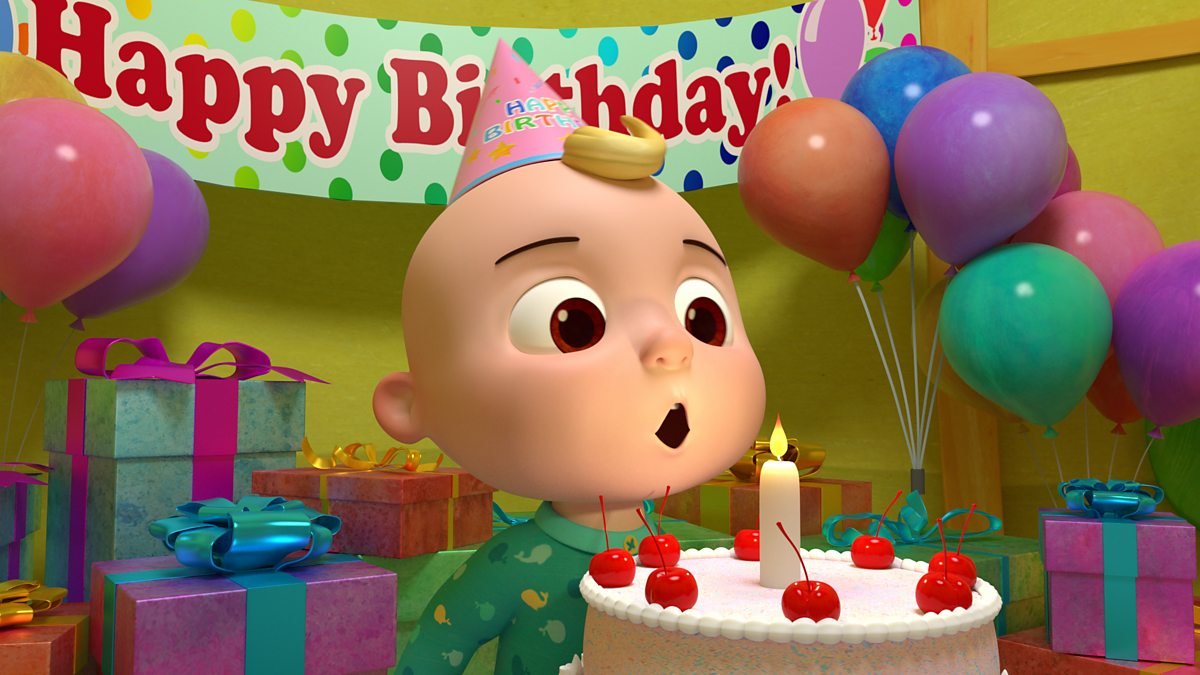“Happy Birthday to You” This simple tune, sung in countless languages across the globe, has become an integral part of human celebration.
But behind its apparent simplicity lies a complex history filled with creativity, legal battles, and cultural evolution.
From its origins in a 19th-century classroom to its status as a free-to-use cultural icon, the story of “Happy Birthday to You” offers a fascinating glimpse into the intersection of music, copyright law, and shared human experience.
In this article, we will delve into the history of the Happy Birthday song.
Where Happy Birthday Song Began
The tale of the world’s most recognized song doesn’t begin with a burst of confetti or a slice of cake. Instead, it originates in the humble classrooms of late 19th-century America, where two sisters would unknowingly set in motion a musical revolution.
Patty and Mildred Hill, born in the 1860s in Kentucky, were more than just siblings—they were pioneering educators with a passion for early childhood development.
Patty, the younger of the two, was a force to be reckoned with in the field of education. She championed progressive teaching methods and co-founded the Institute of Child Welfare Research at Columbia University.
Mildred, the elder Hill sister, brought musical expertise to their partnership. A talented composer and pianist, she collaborated with Patty to create songs that would captivate young minds and make learning a joyful experience. Little did she know that one of her simple melodies would become a global phenomenon.
The Origin of Happy Birthday’s Lyrics
In 1893, the Hill sisters published a book called “Song Stories for the Kindergarten,” which included a song titled “Good Morning to All.” The melody, composed by Mildred, was paired with Patty’s lyrics, designed to be sung by teachers to their students at the start of each school day. The original lyrics went:
Good morning to you,
Good morning to you
Good morning, dear children
Good morning to all.
But how did this morning greeting transform into the birthday anthem we know today? The exact moment of transition remains shrouded in mystery, but sometime in the early 20th century, people began adapting the familiar tune for birthday celebrations. The new lyrics, “Happy Birthday to You,” spread organically, passed from one celebration to another, evolving into a cultural staple.
By the 1930s, the birthday version had gained such popularity that it appeared in several films and musicals. The Hill sisters’ simple classroom melody had taken on a life of its own, becoming an integral part of celebrations worldwide.
What About Before the Song?
Before “Happy Birthday to You” became the go-to celebration song, birthday traditions varied widely across cultures and time periods.
Ancient Egyptians celebrated pharaohs’ birthdays as though they were coronation days, while ancient Greeks offered moon-shaped cakes to Artemis, goddess of the moon. In medieval Europe, children might receive special treats or blessings on their saint’s day rather than their actual birth date.
The concept of a specific “birthday song” is relatively modern. In many cultures, folk songs or traditional melodies were adapted for birthday celebrations. Some families created their own unique birthday rituals, while others focused more on the feast and less on the musical accompaniment.
The rise of “Happy Birthday to You” filled a cultural void, providing a universal way to mark the passage of another year. Its simplicity and adaptability allowed it to transcend language barriers and cultural differences, uniting people in a shared moment of joy and recognition.
Are We Allowed to Sing it?
For decades, the legal status of “Happy Birthday to You” was as layered as a tiered birthday cake. The melody, derived from “Good Morning to All,” entered the public domain in 1949 when its copyright expired.
However, the lyrics to “Happy Birthday to You” remained under copyright protection, owned by various entities over the years.
In 1988, Warner/Chappell Music acquired the rights for $25 million and began enforcing the copyright vigorously. They collected an estimated $2 million per year in licensing fees, charging for the use of the song in films, television shows, and even public performances.
This led to some bizarre situations. Restaurants often created their birthday songs to avoid potential lawsuits. Films and TV shows either paid hefty fees or awkwardly avoided using the familiar tune. The song became known as the most profitable piece of musical intellectual property in history.
However, in 2015, a federal judge ruled that Warner/Chappell’s copyright claim was invalid. The following year, the company settled a class action lawsuit, agreeing to pay $14 million and formally declaring “Happy Birthday to You” to be in the public domain.
So, sing out loud and proud! As of 2016, “Happy Birthday to You” belongs to everyone, free to be performed at parties, in films, or wherever the spirit of celebration takes hold.
Celebrate Across the Globe
While “Happy Birthday to You” has achieved global dominance, many cultures maintain their own unique birthday traditions and songs. In Spanish-speaking countries, “Las Mañanitas” is a popular birthday song.
Russian celebrants might hear “Pust begut neuklyuzhe” (“May the little bear cub be clumsy”). In Denmark, children wake up to “I dag er det Oles fødselsdag” (“Today it is Ole’s birthday”), with the name changed to suit the birthday child.
These diverse traditions remind us that while “Happy Birthday to You” has become a universal language of celebration, the ways we mark another trip around the sun remain as varied and colorful as humanity itself.
Read Now: Can Schools Sing ‘Happy Birthday’ Without Permission? Is It Legal or Not?


